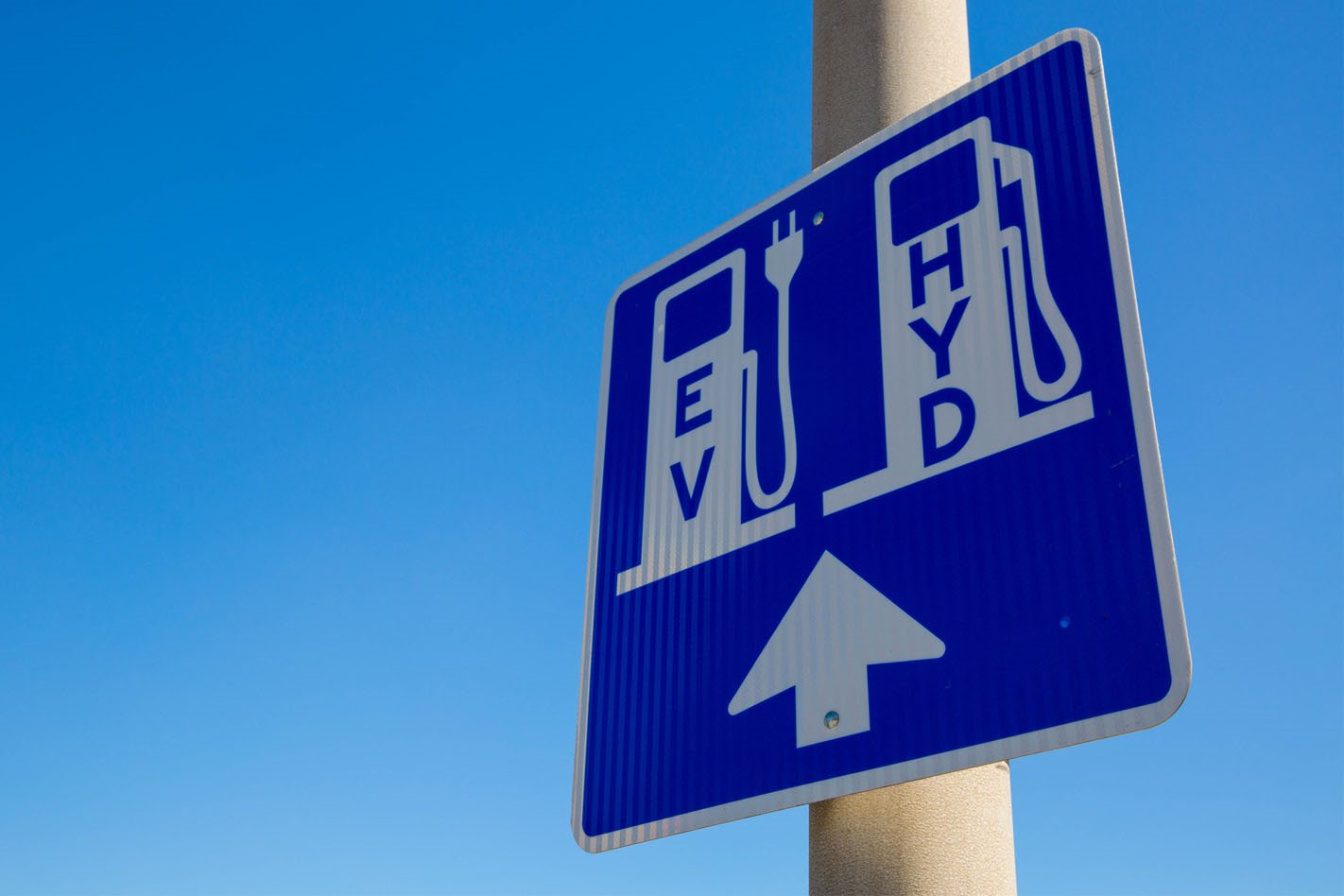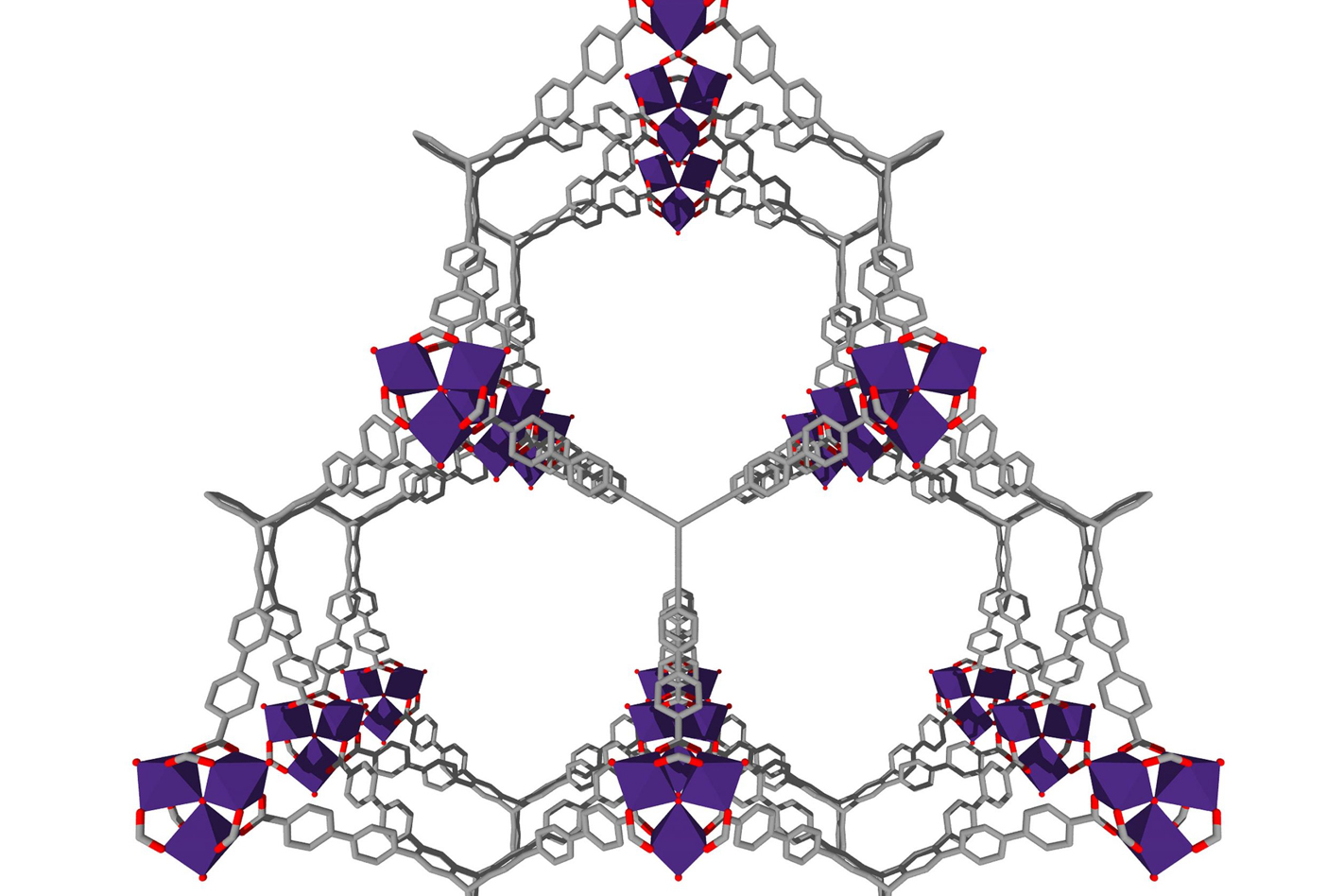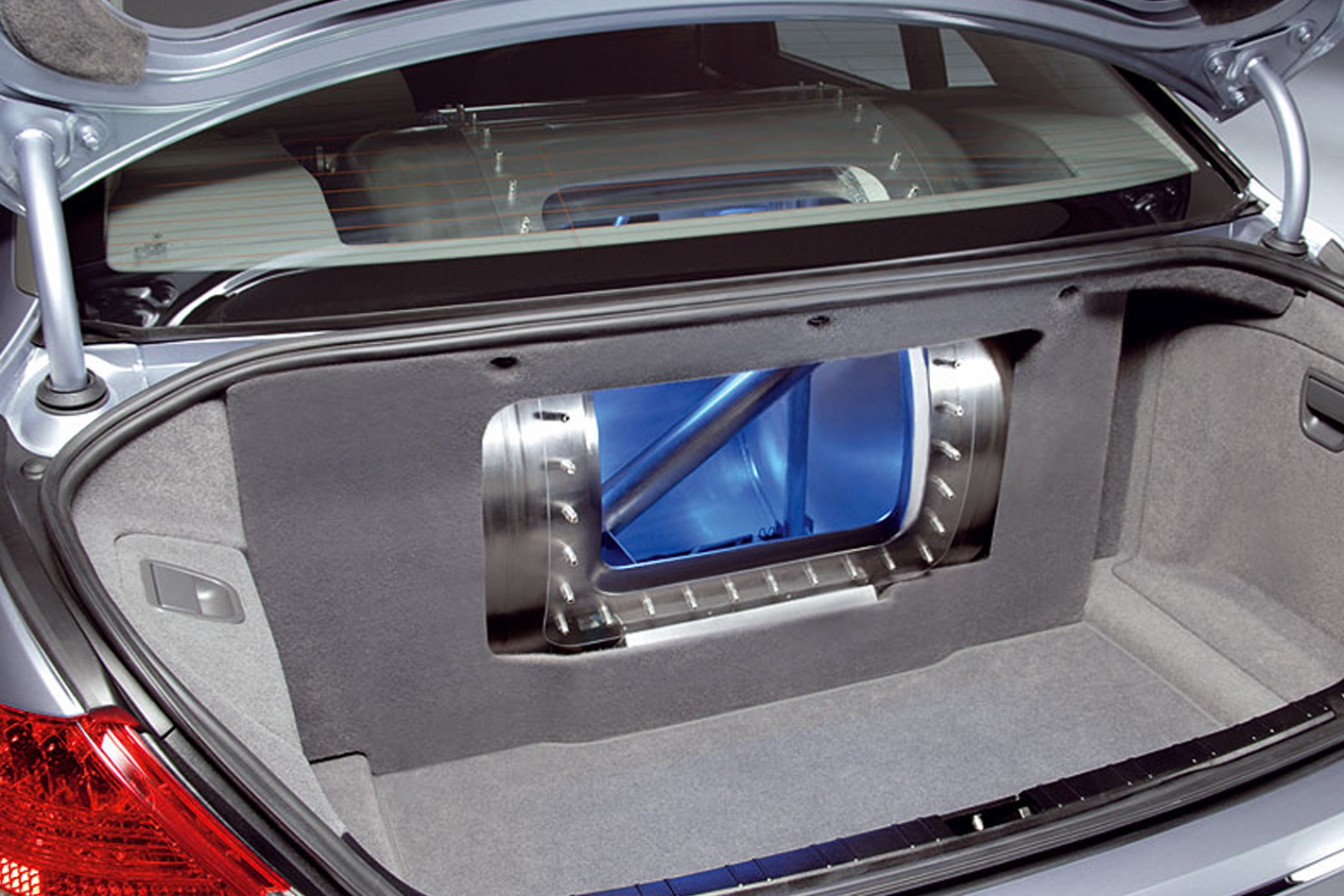
- New storage method for hydrogen
- Has far-reaching benefits for cars
- New metal hybrid material replicates bath sponge

NU-1501
While many vehicle manufacturers have developed efficient, compact and powerful fuel cells, storing sufficient quantities of hydrogen to fuel them remains the hardest part of the puzzle.
MORE cracking the code for cheap hydrogen
BMW has previously developed wildly effective insulation techniques to store liquid hydrogen at very low temperatures, but the technology was expensive and bulky for a relatively small storage capacity.

In 2018, Australia’s CSIRO revealed a technological innovation that converts gaseous hydrogen into a much more stable and dense liquid, which solves many of the bulk transport and storage stumbling blocks – but not the smaller-scale problem inside the car.
Thus, the most effective solution used in vehicles such as Hyundai’s Nexo is ultra-high pressure gaseous storage. Unfortunately, the equipment and pumping infrastructure required to manage 700 bar (about 300 times higher than an average tyre pressure) is also complex and very expensive.

In this latest breakthrough, however, researchers at the Northwestern University in Illinois used theoretical chemical principles to design and synthesise a special material that can store large amounts of hydrogen at far lower pressures and without cryogenic support.
In the synthesis process, the scientists were able to arrange molecules of the material on an atomic level to create a solid substance full of minutely fine pores in which hydrogen can be held.
MORE What’s best – hydrogen fuel cell vs battery electric?
Rather than using extreme pressure to retain enough hydrogen in a small space, the highly porous material holds onto the individual molecules, just as a bath sponge absorbs and retains water without any other type of containment.

BMW’s Hydrogen 7 didn’t use a fuel-cell but still needed to store hydrogen as fuel for its V12
Where the sponge and new metal-organic framework differ, however, is in the size and number of pores – and it’s here that the numbers become staggering.
Just a single gram of the aluminium-based substance (about the same weight as a paperclip) has a volume of nearly four cubic centimetres so it’s incredibly light but, more importantly, it has a huge surface area.
If all the internal pores were flattened out, the same cube of material would cover about one and a half football fields. It’s that vast surface area that allows the special framework to grab hold of gasses including hydrogen without other special conditions involved.
MORE Second-generation Toyota hydrogen car revealed
“We can store tremendous amounts of hydrogen and methane within the pores of the MOFs and deliver them to the engine of the vehicle at lower pressures than needed for current fuel cell vehicles,” said associate professor of chemistry at the Weinberg College of Arts and Sciences and member of Northwestern’s International Institute for nanotechnology Prof Omar Farha.
If marketed for automotive applications or industrial gas storage purposes – of which there are numerous say its developers – you can be sure the material will be given a more catchy name than its current NU-1501 scientific description.
What would you name a super-light, gas-grabbing, metal sponge that could revolutionise zero-emissions transport?




